We explore reconciliation through a horror lens with “Blood Quantum” — a thrilling zombie film that reveals the horror of colonialism.
I am profoundly grateful to the Elders and Knowledge Keepers who have and continue to help me learn and unlearn on my Reconciliation journey. Let’s say I hold my childhood memories of sitting under the Arch and watching the fireworks on the Fourth of July a little differently these days. As said above, I am still learning, and my contextual knowledge is on Treaty 6, 7, and 8 lands.
(I welcome guidance and corrections from my Indigenous peers who might read this and have additional teachings to offer me.)
Content warning: Historical trauma.“The Earth is an animal. White men don’t understand this. That’s why the dead keep comin’ back to life. Not because of God. ‘Cause this planet we’re on is so sick of our shit.”
I chose Blood Quantum to discuss because of the new hotly-anticipated Scorcese and DiCaprio effort, Killers of the Flower Moon, coming October 20th to theaters across the United States.
I have been counting down the days until I can see this film, but I appreciate that the epic blockbuster won’t be everyone’s bag.
So, I thought I might offer a different path for my fellow horror lovers to learn more/start learning about Indigenous histories, cultures, languages, and ways of knowing, being, and relating.
You know, a path that lures you in with zombie fish.
The entire basis of this screenplay is brilliant.
If you aren’t aware, blood quantum is how much ‘Indian blood’ an individual has and is an extremely controversial way to confirm tribal membership and access rights.
I have heard blood quantum spoken about very negatively for many reasons, including its colonial roots and the feeling it reduces such an important dimension of identity to a percentage.
So, the fun wrinkle in this zombie apocalypse entry? The Indigenous folks are immune to zombie bites because of their blood quantum. Thus, Indigeneity is a strength in this reality. The reserve is a safe place. Well, kind of.
One thread woven through the film that I really appreciated was a loving and compassionate exploration of lateral violence through Lysol’s character in this film. The intergenerational trauma and dynamics that are deftly unpacked amidst the chaos between Gisigu, Chief Traylor, Joseph, and Lysol felt authentic and heartbreaking.
Beyond centering of the story around the concept of blood quantum, there are many explicit and subtle moments and visual choices made throughout to hold the mirror of coloniality up for white people to take a good hard look.
Explicit? Quotes like, “The White people are the plague. It’s better not to see them as whatchamacallits….people.”
Subtle(r)? The entire climax of the film.
Without awareness and at least some appreciation of the history of the church’s role in creating and maintaining residential schools and their harmful legacy, you might be hit by the weight of the fact that all of the non-infected white people are locked in the church, and most of the final stand happens on the church grounds and in the graveyard.
Barnaby’s choice to have Lysol’s gruesome death unfold in the church graveyard made me feel like it wasn’t the zombies tearing Lysol apart; it was the culmination of the negative impacts of colonialism and the intergenerational trauma caused by the church.
Take visual note: Graveyards like that are the ones across Canada and the United States where thousands of Indigenous children were buried in unmarked graves.
I have visited communities where there are former residential schools, and the images Barnaby offered were uncomfortably real. I couldn’t help but think that when we champion “Every child matters,” this means holding pain like Lysol’s respectfully and with compassion.
Before I wrap up, there is one small note I should address so you aren’t surprised if you take my recommendation and watch.
Yes, there is some misogyny. I think it was easy to forgive this, as I read a lovely interview Barnaby gave where he addresses this directly before I watched the film.
I hope you make time for Blood Quantum, even if you’re still learning how to appreciate the nuances.
I also sincerely hope Killers of the Flower Moon film lives up to the hype and sparks deeper reflection in the United States, like what has slowly been transpiring in Canada as milestone collective learnings happen.
(Examples include the release of the Truth and Reconciliation Commission of Canada reports and Calls to Action, the undeniable proof of thousands of unmarked graves of children found on former residential school grounds across Canada, Pope Francis’ apology to Indigenous peoples, and the list is growing).
It would be wonderful to continue this journey together and, along the way, see more Indigenous creators like Barnaby expand this medium as they tell their (healing-centered, cheeky, sensitive, and splatteriffic) stories.


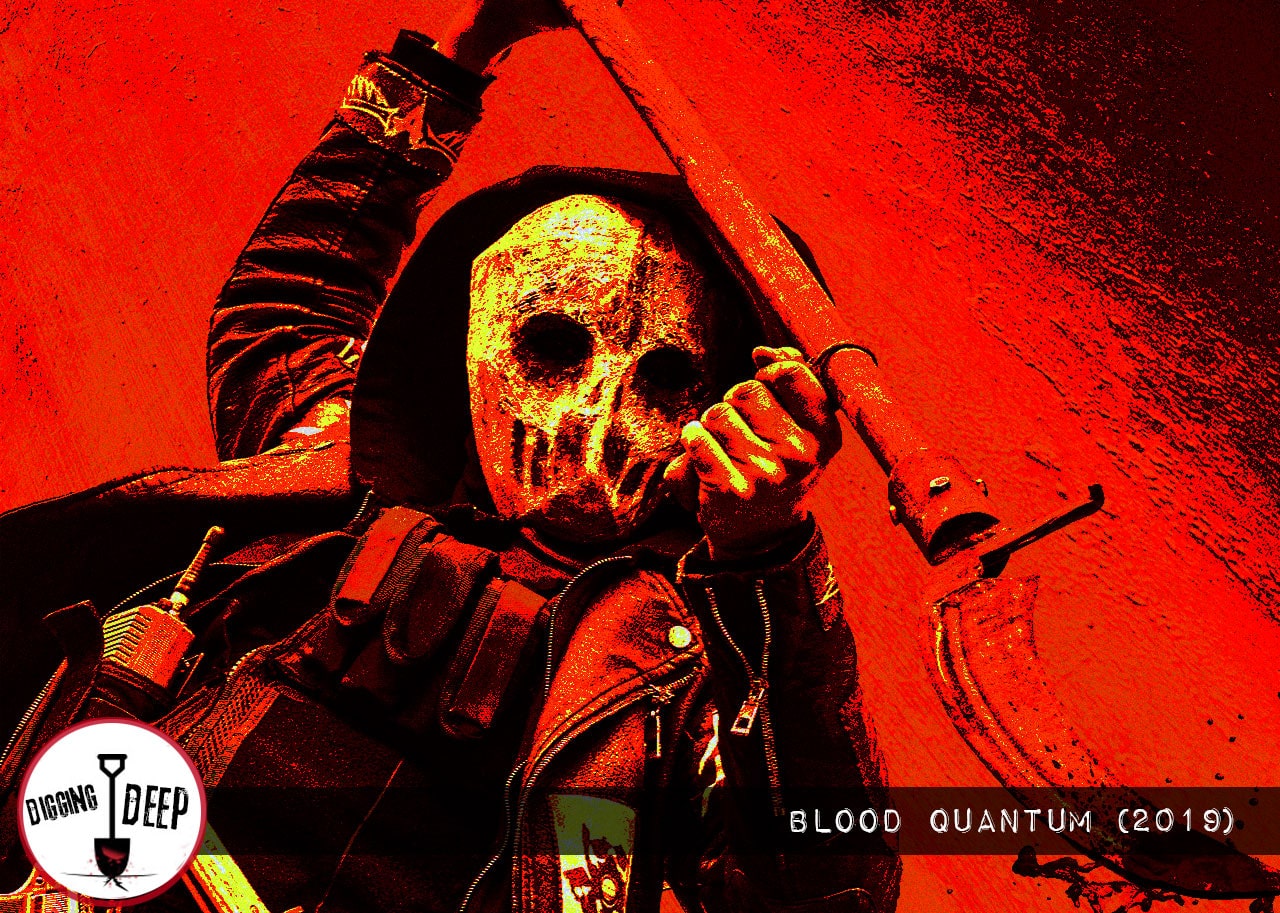
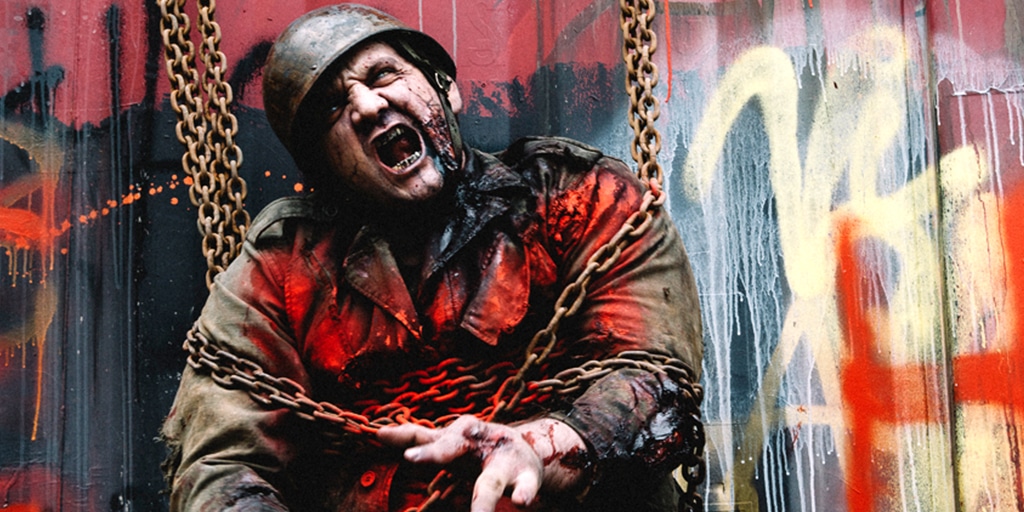
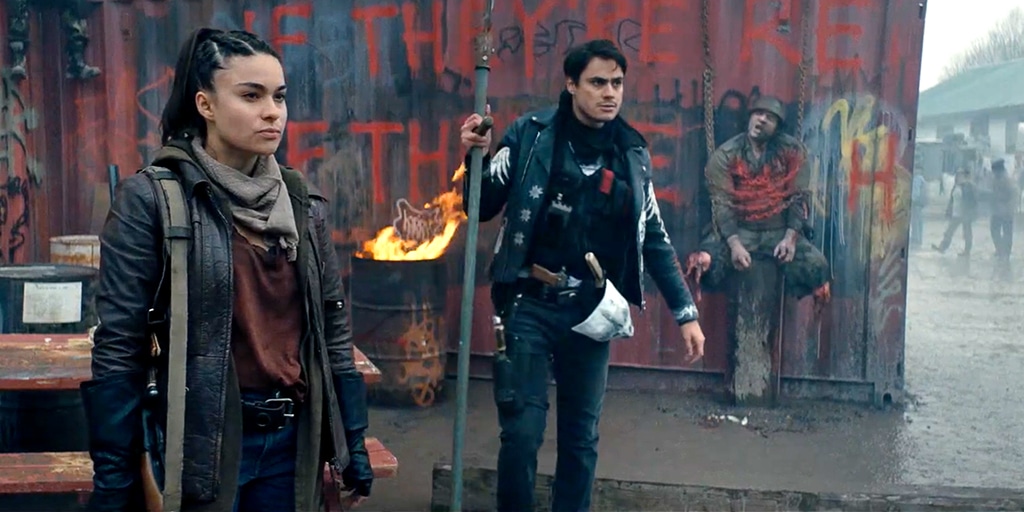
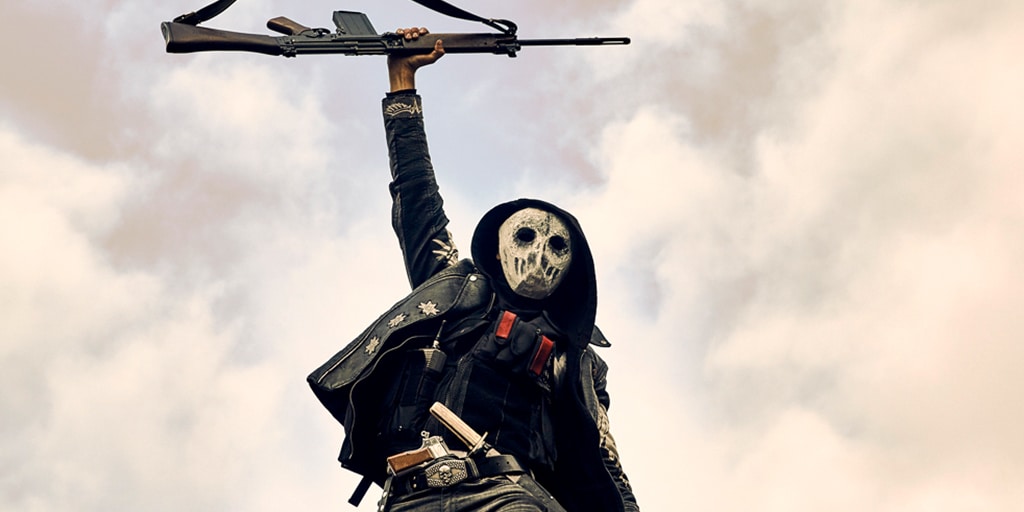
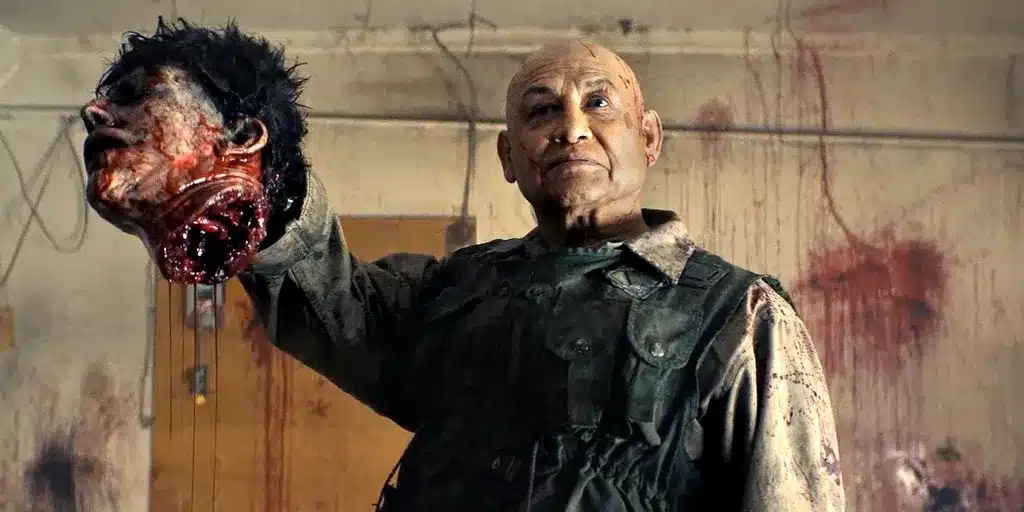
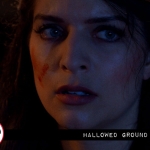











Follow Us!